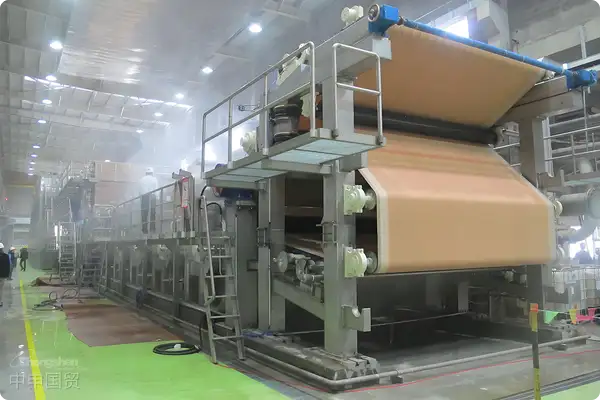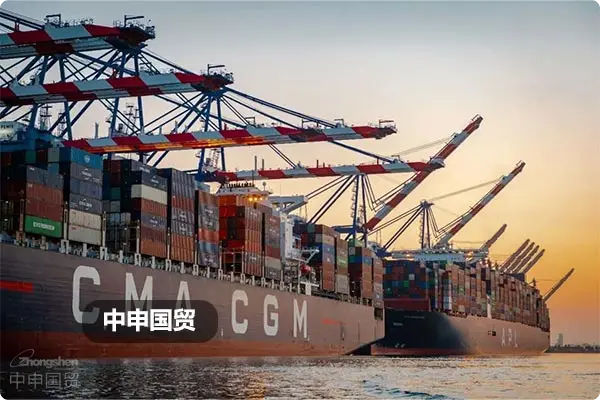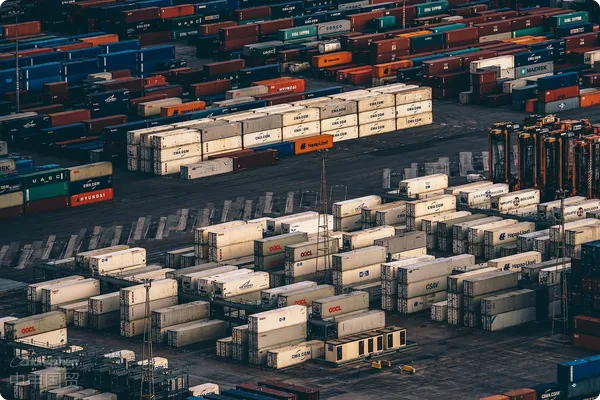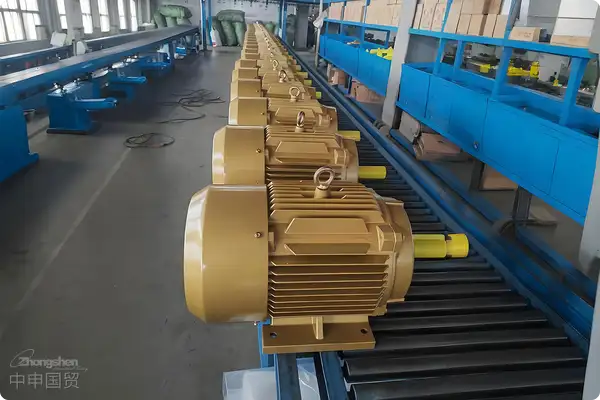- Shanghai Zhongshen International Trade Co., Ltd. - Two decades of trade agency expertise.
- Service Hotline: 139 1787 2118
Do you want to import high - performance blowers but are troubled by complex import qualifications, cumbersome documentary procedures, high tariffs, and potential price review risks? How to handle the Automatic Import License? How to connect with AEO certification?It is recommended to verify through the following methods:And how to apply to enjoy tariff preferences? What services are included in the DDP all - inclusive logistics and customs clearance? This article will answer these questions one by one, deeply analyze each key link of blower import, from handling access qualifications, preparing documentary files to logistics and customs clearance services, tax planning services, helping you easily avoid risks, complete imports efficiently, and make your equipment procurement process smooth!

I. Service Content
- Handling of access qualifications
- Acting for the Automatic Import License (necessary for mechanical and electrical products)
- Handling the connection of customs AEO certification (preferably choose an advanced certification agent)
- Applying for a certificate of origin (FORM E certificate is required for countries with tariff preferences)
- Preparation of document files
- Compiling Chinese - English technical parameters (including volute size, impeller speed, etc.)
- Handling the Civilian Commodity Entry Verification (when the HS code involves CCC certification)
- Reviewing overseas inspection reports (such as CE certification converted to a GB standard compliance statement)
- Logistics and Customs Clearance Services
- Operating under the DDP clause all - inclusive (including door - to - door transportation from the port to the factory)
- Customizing a shock - proof packaging plan (for the precision components of the blower)
- in the containerMaritime TransportationAll risks + war risks (insured amount covering 130% of the cargo value)
- Tax planning service
- Declaring HS code 8414592000 (ventilation fan category, VAT 13%/tariff 8%)
- Applying for the free trade agreement tariff rate (for example, the tariff under the China - ROK agreement can be reduced to 5.2%)
- Handling tariff guarantee insurance (instead of the occupation of margin)
II. Operation Process
| Stage | Key operations | Define the boundary of agency responsibilities |
|---|---|---|
| Changing the bill of lading upon arrival at the port | Paying the freight and obtaining the bill of lading | 1 working day |
| Inspection and Customs Declaration | Submit documents such as contracts, packing lists, and certificates of origin | Electronic document review within 24 hours |
| Customs price review | Provide the purchase contract + payment voucher to deal with the price review | 1 - 3 working days |
| Pay taxes and release the goods | Pay 13% value - added tax + customs duties (according to the declaration type) | 1 working day |
| Inspect and pick up the goods | Cooperate with the customs to open the box for inspection (focus on checking the impeller model) | 2 - 5 working days |
| Domestic distribution | Deliver to the factory by professional equipment transportation vehicles | Within 48 hours |
III. Risk management key points
- Handling of price review disputes
- Prepare overseas foreign exchange payment vouchers + brand authorization letters
- Provide the domestic market quotation of the same model as evidence
- Compliance control of documents
- Strictly check the motor power parameters (related to energy efficiency filing)
- Confirm the purpose statement of the blower (industrial/commercial use affects the tax rate)
- Handling of abnormal inspections
- Prepare the original technical documents of the goods (including safety certification for pressure vessels)
- Handle the declaration of lubricating oil residues in advance (environmental protection requirements)
For the successful import of blowers, it is necessary to have an in - depth understanding and precise control of various links such as customs policies, commodity classification, qualification handling, logistics transportation, and tax planning. Choosing an experiencedImport Representationcan simplify the process, reduce costs, avoid risks, ensure the safe and rapid clearance of goods, allow you to focus on production and operation, and enhance the competitiveness of your enterprise.
Related Recommendations
Category case
Contact Us
Email: service@sh-zhongshen.com
Related Recommendations
Contact via WeChat

? 2025. All Rights Reserved. Shanghai ICP No. 2023007705-2  PSB Record: Shanghai No.31011502009912
PSB Record: Shanghai No.31011502009912








